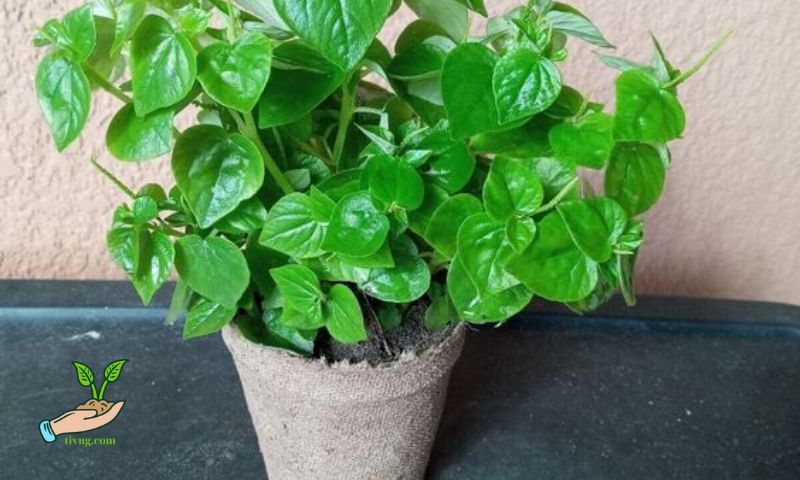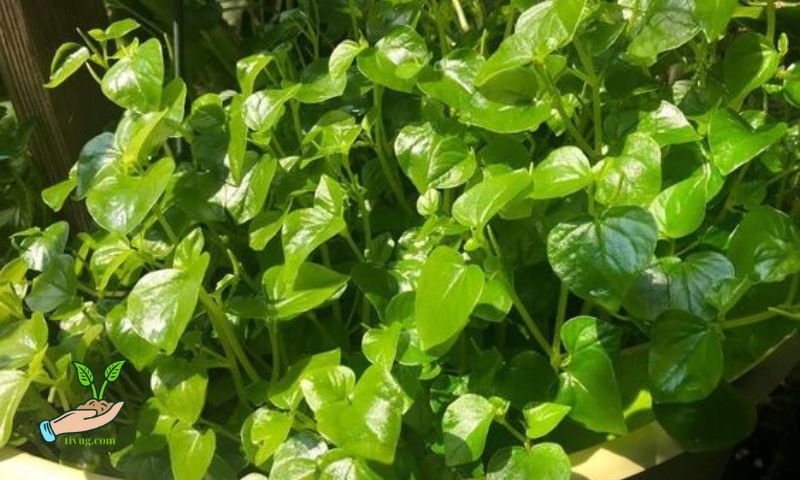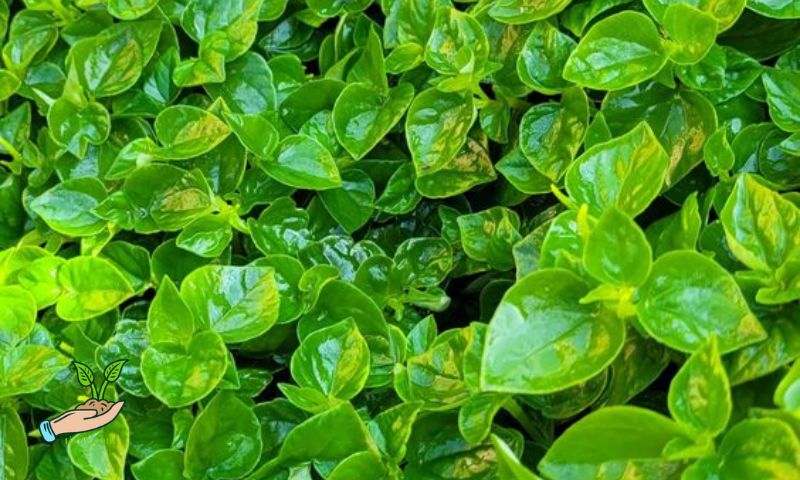Pepper elder, scientifically known as Talinum triangular, is a leafy green vegetable that thrives in warm climates and is prized for its culinary and medicinal uses. This versatile plant, also known as “waterleaf” or “Surinam purslane,” is easy to cultivate and offers a wealth of nutrients. Whether you’re a gardening enthusiast or a health-conscious individual looking to add a nutritious green to your diet, learning how to grow pepper elder can be a rewarding experience.
Choosing the Right Location
Choosing the Right LocationTo successfully grow pepper elder, selecting the optimal location is crucial. Pepper elder prefers warm climates with plenty of sunlight. It thrives in well-draining soil that is rich in organic matter. Choose a spot in your garden that receives full sun or partial shade, depending on your local climate. Ensure the soil is loose and fertile, as pepper elder plants appreciate nutrient-rich conditions.
Preparing the Soil
Before planting pepper elder seeds or seedlings, prepare the soil thoroughly. Begin by tilling the soil to a depth of about 6-8 inches to loosen it and improve drainage. Incorporate organic compost or well-rotted manure into the soil to enrich it with essential nutrients. Aim for a slightly acidic to neutral pH level, ideally between 6.0 and 7.0, to support optimal growth and nutrient uptake for pepper elder plants.
Planting Pepper Elder
Pepper elder can be grown from seeds or seedlings. If starting from seeds, sow them directly into the prepared soil after the last frost date has passed. Plant the seeds about ¼ inch deep and 6-8 inches apart. Keep the soil consistently moist until the seeds germinate, typically within 7-14 days. If using seedlings, transplant them into the garden with the same spacing guidelines once they have developed sturdy roots.
Watering and Maintenance

Watering is critical during the early stages of pepper elder growth. Keep the soil evenly moist but not waterlogged. Once established, water the plants deeply, ensuring the root zone receives adequate moisture. Monitor rainfall and supplement with irrigation during dry periods, especially in hot weather. Avoid overhead watering to prevent leaf diseases and promote healthy growth.
Fertilizing and Mulching
To promote robust growth and lush foliage in pepper elder plants, it’s essential to provide regular feeding with a balanced fertilizer throughout the growing season. Aim to fertilize every 4-6 weeks for optimal results.
Selecting the right fertilizer is crucial. Opt for a fertilizer that is rich in nitrogen to encourage vigorous leafy growth. Alternatively, choose a complete organic fertilizer to support sustainable gardening practices, ensuring a steady supply of essential nutrients without harmful synthetic chemicals.
In addition to fertilization, applying mulch around pepper elder plants offers multiple benefits. Mulch helps retain moisture in the soil, reducing the frequency of watering needed while also suppressing weed growth. As the mulch decomposes, it gradually enriches the soil with organic matter, improving its structure and fertility over time.
By combining regular feeding with a suitable fertilizer and applying mulch around your pepper elder plants, you can ensure they thrive with ample foliage and maintain healthy growth throughout the growing season.
Pest and Disease Control
Pepper elder is generally resistant to pests and diseases, but occasional issues may arise. Monitor the plants regularly for signs of aphids, caterpillars, or leaf miners. Handpick pests when feasible or use organic insecticidal soap as a safe and effective treatment. Practice crop rotation and maintain good garden hygiene to minimize disease risks, such as fungal infections or bacterial leaf spots.
Harvesting Pepper Elder

When it comes to harvesting pepper elder leaves, timing and technique play crucial roles in ensuring a continuous and bountiful harvest. Begin harvesting once your pepper elder plants have reached a height of approximately 12-18 inches and have developed several sets of leaves. This stage indicates that the plants are mature enough to sustain regular harvesting without compromising their growth.
To harvest effectively, focus on cutting the outer leaves near the base of the plant. Leave the inner leaves intact to allow them to continue growing and supporting the plant’s health. This method not only promotes new growth but also extends the harvest season, providing you with a steady supply of fresh leaves over time.
Use sharp scissors or garden shears for harvesting to minimize damage to the plant. Clean cuts help prevent unnecessary stress and potential infections, ensuring the plant remains vigorous and productive.
Culinary and Medicinal Uses
Pepper elder leaves are a staple in many culinary dishes, particularly in West African and Caribbean cuisines. They are often used in soups, stews, stir-fries, and salads, adding a mild, spinach-like flavor to dishes. Rich in vitamins A, C, and K, as well as minerals like calcium and iron, pepper elder is valued for its nutritional benefits. It is also used in traditional medicine for its purported anti-inflammatory and antioxidant properties.
Conclusion
Growing pepper elder in your garden offers not only a fresh supply of nutritious greens but also a satisfying gardening experience. By choosing the right location, preparing the soil properly, and providing adequate care, you can enjoy a bountiful harvest of pepper elder leaves throughout the growing season. Whether you’re cooking up flavorful dishes or exploring its health benefits, pepper elder is a versatile addition to any garden. Start cultivating pepper elder today and reap the rewards of homegrown goodness.

